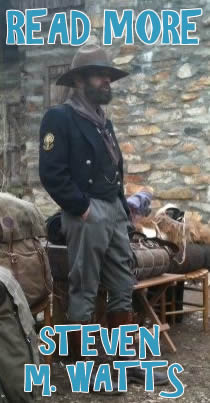Most of us have been there… on that nature walk with a local expert who points out 20 or so different trees and plants giving them a brief description while you feverishly take notes. The notes will last, informing you about that tree; and you may have even have snapped a picture or pressed a leaf, but unless you see that species several times in the field, it’s going to be hard to identify on your own from going on the occasional nature walk.
The video and information below are not going to “give you a fish” like those brief nature walks. Instead, it will start you on your way to “learning” how to identify trees with the help of a good field guide AND will help you categorize for memorization.
Like most things in life, you have to put the “Big Rocks” in first. If you haven’t read the Big Rocks story before (author unknown), it will best explain the path we are going to take to learn trees.
The Big Rocks of Life!
One day a wise teacher was speaking to a group of his students. He pulledout a one-gallon, wide-mouthed mason jar and set it on a table in front of him. Then he produced about a dozen fist-sized rocks and carefully placed them, one at a time, into the jar.
When the jar was filled to the top and no more rocks would fit inside, he asked, “Is this jar full?”
Everyone in the class said, “Yes.”
“Really?” he asked. “Let’s see.” He reached under the table and pulled out a bucket of gravel. Then he dumped some gravel in and shook the jar, causing pieces of gravel to work themselves down into the spaces between the big rocks. Looking carefully from face to face, he smiled benevolently and asked again, “Is the jar full?”
His class was catching on quickly. “Probably not,” one of them answered.
“Very good!” he replied. He then reached under the table and brought out a bucket of sand. He started dumping the sand in and it went into all the spaces left between the rocks and the gravel. When he was finished he once again asked, “Is this jar full?”
“No!” the class shouted.
“Excellent!” he replied. Then he grabbed a pitcher of water and poured it in until the jar was filled to the brim. Once again looking intently into the eyes of each student, he asked, “What is the point of this illustration?”
One eager beaver raised his hand and said, “The point is, no matter how full your schedule is, if you try really hard, you can always fit some more things into it!”
“Aha, that’s very good!” the teacher replied, “But let us look a bit deeper. This illustration also teaches us a higher truth: If you don’t put the big rocks in first, you will never get them in at all!”
What are the “Big Rocks” in your life? A project that YOU want to accomplish? Time with your loved ones? Your faith, your education, your business? A cause? Teaching or mentoring others?
Remember to put these BIG ROCKS in first or you’ll never get them in at all.
While every plant has distinguishing characteristics, sometimes very minute, due to a lack of time, it tends to be what some instructors focus on when “giving you a tree.” Don’t get me wrong, those unique characteristics such as leaf margin, shape, glands, bark, form, fruit, smell, etc. are critical, but if you are going to learn a lot of trees, you have to learn “how to learn” them and that means putting in the big rocks first.
These 4 simple categories are how I categorize the “big rocks” of Tree ID, and, it will be where you will get started when using most field guides. Details are in the video, but here are the simple categories to start.
- Softwood (Conifers) or Hardwood (Broadleaved)
- Arrangement of leaves/branches (Opposite, Alternate, or Whorled)
- Composition (Simple or Compound Leaves; where are the buds?)
- Deciduous or Evergreen
http://youtu.be/jfza8ifJXtY
The more resources the better, so we have dedicated a page to the Flora of North America. Check it out as it has more than just links for ID.
BONUS VIDEO. Keying out another tree if you can’t get enough of this stuff…
http://youtu.be/gyMKRjOouPY
A final note when it comes to tree ID. Dendrology is the study of woody plants. In most schools of Forestry, dendro (dendrology) is one of the first classes and a major component is ID. It was my favorite too! One day we were learning about a small tree, flatwoods plum, which has these tiny glands as the base of the leaf, a distinguishing characteristic of that particular species. When I asked “why” about the glands, my professor, who soon became a mentor, looked me in the eyes and said, “God put things like that on trees to help foresters identify them,” and he meant it with every fiber of his being. So when you learn that little something about a tree or plant to help you remember it, just accept that God put it there for just that reason.









No intelligent comments yet. Please leave one of your own!